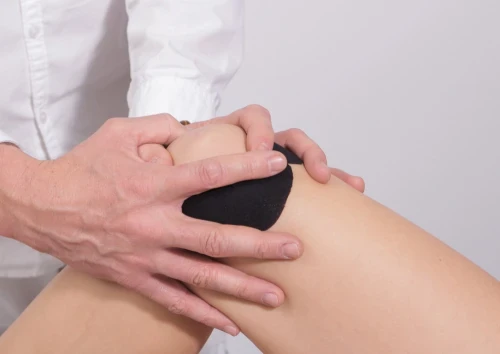What?
Patellofemoral pain syndrome (PFPS), or runner’s knee, as you may have guessed is a common injury among runners. The high and constant impact from running can cause stress and irritation where the kneecap rests on the thighbone. Although in some cases the sharp and sudden pain may disappear during running, it will often return again afterwards. The stress of running can cause irritation where the kneecap (patella) rests on the thighbone.
Who?
Runners Knee can affect either one or both knees and is generally more common in younger runners. According to the British Journal of Sports Medicine women are twice as likely to suffer with Runners Knee due as they have “wider hips, resulting in a greater angling of the thighbone to the knee, which puts the kneecap under more stress”.
Why?
There can be a number of causes of Runners Knee including biomechanical problems. Other causes include:
- Worn cartilage in the knee joint reducing shock absorption
- Pelvis or Lumbar spine pain cause referred pain in your knee.
- High-arched feet providing less cushioning
- Flat feet or knees that turn in or out excessively
- Tight hamstring and calf muscles putting pressure on the knee
- Weak quadriceps muscles causing the patella to track out of alignment.
- Repetitive force of a normal running stride
Symptoms?
- Pain in the front of the knee.
- Grinding or crunching sensation within the knee with movement
- Pain worsens when moving.
- Knee swelling.
- Stiffness after rest.
Prevention?
Run on softer surfaces and gradually increase your mileage and hill work. Ensure you have the correct trainers for your feet by taking advantage of sports shops that offer trainer fitting services. Include strengthening exercise into your training that target your quads and incorporate stretches for your hamstrings and calves.
If you start to feel pain, reduce pressure on the knee by cutting your mileage as soon as possible. Avoid uneven surfaces, hills and sharps bends.
Have regular check up’s with an Osteopath to ensure your alignment is correct, which may help prevent any problems.
Treatment
- It may be beneficial to get an Osteopath to check your pelvis to see if there are any underlying issues causing knee pain.
- Rest your knee as much as possible and avoid any movement that makes it worse such as running, standing for long periods, lunging.
- Ice your knee to reduce swelling (20-30 minutes every 3-4 hours until the pain is gone)
- Use an elastic bandage or strap to support the knee
- Do simple stretching and strengthening exercises for your quads. Any Osteopath can show you which ones to do.
- Elevate your leg on a pillow when you sit or lie down.
- Try orthotics for your shoes, which will help with the positioning of your feet.
If pain persists or gets worse after 3-4 days then we always advise you seek professional advice

